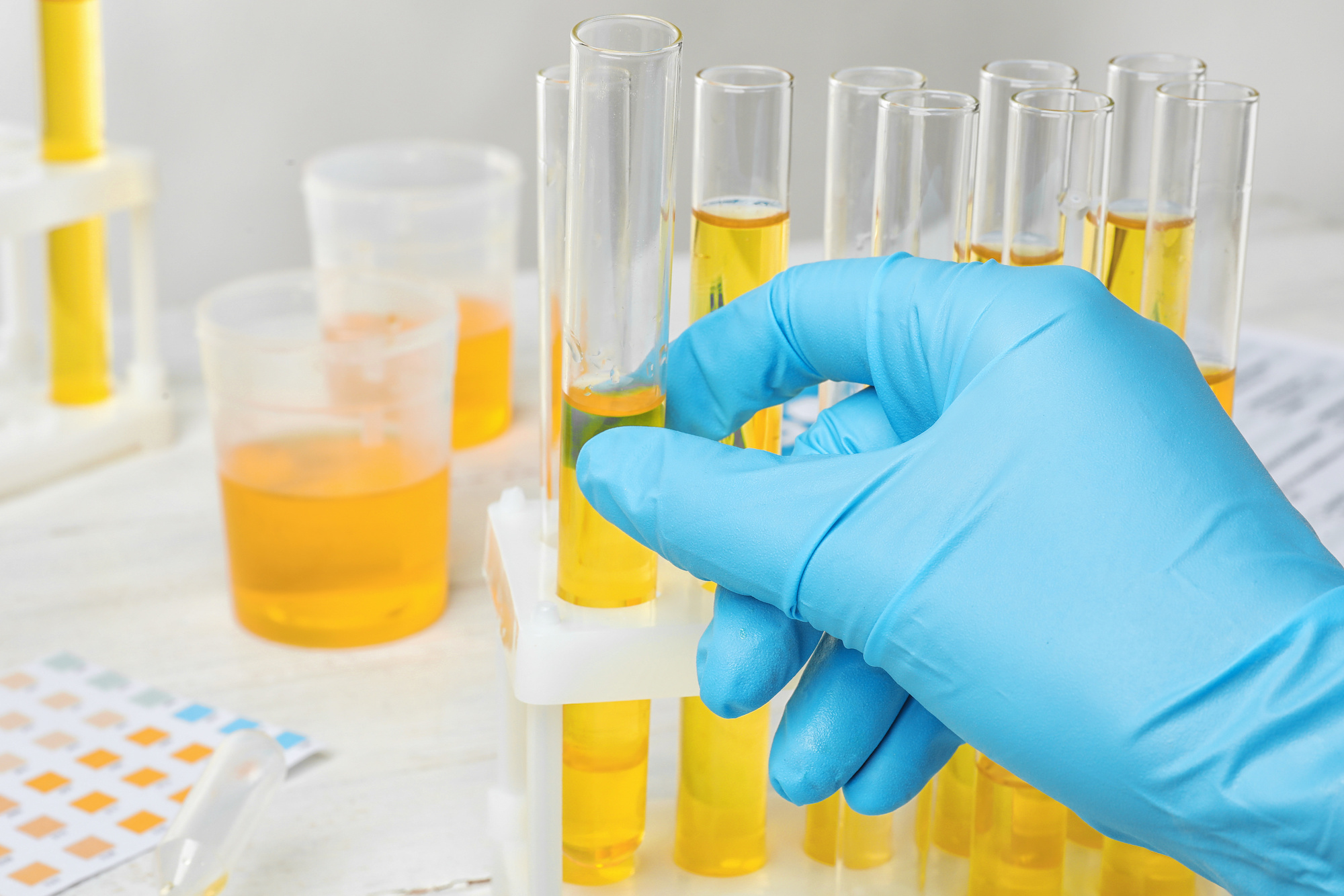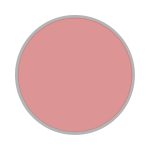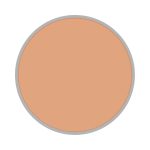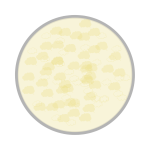What Does It Mean to Have Blue Urine
Pay attention before you flush: know how to translate the message your urine color is sending you – especially if it is red, pink or brown.

It may be surprising for some to learn that urine can come in a spectrum of colors – and they can all mean different things. The changes in color could be caused by foods, medications or food dyes. But in other cases, these changes could be caused by a health problem you don't want to ignore like a liver condition, urinary infection or kidney stones.
Urine is your body's liquid waste. It is mostly made up of water but also includes salt and chemicals (urea and uric acid). In most situations, the color depends on how diluted the urochrome pigment is. This pigment is made when it breaks down hemoglobin.
The color is not the only telling feature. It is also important to pay attention to changes in consistency and frequency.
You should not be afraid to pee in a cup when asked to at your doctor's office. It tells your doctor a lot about your body functioning and could be very beneficial for your health.
A urologist should not be the first doctor called when concerned about the color of your urine. Call your primary care provider to make an appointment.
The meaning behind urine color
We hope you will find this blog as a translator helping you learn what your trip to the bathroom is trying to tell you. Each color of urine can mean multiple things so we want to make sure you do not panic. But if you are experiencing an unhealthy looking color, make an appointment with your doctor.
Our color categories are approximate. Each person's liquid waste will look slightly different than someone else's, but this guide will provide you with a good frame of reference.
No color or transparent urine
Clear or transparent means you are drinking a lot of water. While it is rare to drink too much water, I recommend that if you see this shade, you cut back a bit. Cutting back your fluid intake will also reduce the number of trips to the bathroom.
Cloudy or foamy urine
Changes in the consistency of the liquid, including if it is cloudy or foamy, can be a sign of a urinary tract infection, an overabundance of certain minerals, a symptom of a chronic disease or sign of a kidney condition. If the discharge is cloudy with foam or bubbles, it could be a symptom of Chron's disease or diverticulitis. In some cases, it is also a sign of dehydration. Another cause could be that you love steak and eat a lot of red meat or are on a ketogenic diet (high-fat and low-carb).
Pale yellow or gold urine
When everything is healthy and normal, your urine should be pale yellow to gold. It is helpful to regularly pay attention to your urination to see what your normal color is, so that you can tell when it is different.
 Amber urine
Amber urine
Amber urined your bright yellow or neon liquid. Bright yellow urine is harmless, and is just a sign that you are taking more vitamins than your body needs. You may want to check with your doctor on what vitamins your body does not need as much of so you can cut back.
 Bright yellow urine
Bright yellow urine
If your morning routine includes popping a handful of vitamins and supplements, this could be the culprit behind your bright yellow or neon liquid. Bright yellow urine is harmless, and is just a sign that you are taking more vitamins than your body needs. You may want to check with your doctor on what vitamins your body does not need as much of so you can cut back.
 Brown urine
Brown urine
Brown color in urination could mean you have severe dehydration or a liver condition. If you have melanoma skin cancer, your body may be adding skin pigment in circulation that's winding up in the liquid waste. Brown urine could be misinterpreted as a very dark red, which could be caused by blood. Brown coloration could also be caused by large consumption of fava beans, aloe or rhubarb. Medications that cause your discharge to appear brown include metronidazole (treats infections) or chloroquine (prevent malaria).
 Red and pink urine
Red and pink urine
Red or pink urine can range in a variety of colors. This may mean you have blood in your urine (hematuria) or it could be a sign of kidney disease, urinary tracts infection, tumors or a prostate problem. This could also be caused by recently eating blueberries, beets or rhubarb, or if you recently did strenuous activities.
 Orange urine
Orange urine
Orange urine may mean you are dehydrated and need water. It could also mean you could have a liver or bile duct condition. Another meaning could be you ate large amounts of carrots or carrot juice, or you ate something with food dye. Many medications can also turn the urine orange, including phenazopyridine (for urinary relief), sulfasalazine (anti-inflammatory drug), isoniazid (tuberculosis treatment), high doses of riboflavin, some laxatives and certain chemotherapy drugs.
 Blue and green urine
Blue and green urine
A green or blue color in the urine is not very common. It could be caused by a rare genetic disease or a bacteria causing a urinary tract infection. But most likely it is caused by medication or food dye in something you ate (watch out for those green eggs and ham). The medications most known to turn your liquid discharge blue are the pain reliever indomethacin, the antidepressant amitriptyline, the stomach acid drug cimetidine, and the anesthetic propofol. Asparagus could also add a greenish tinge but it is more known for adding an odor.
 Purple
Purple
Purple is the only color that has a syndrome named after it, purple urine bag syndrome. This occurs in rare cases when using a urinary catheter where the patient also has a co-existing urinary tract infection.
When to bring in the professionals for urine color
Sometimes changes to a person's urine are temporary and harmless, such as the result of eating certain foods, taking medications or vitamins. But changes can also be a sign of a more serious underlying medical condition.
Anytime you see blood in your urine or notice it is brown or orange, it is time to seek medical attention and make an appointment with your primary care provider. This is especially true if the change lasts more than a day, or if it comes with back or side pain, fever, burning with urinating, vomiting, discharge or thirst.
Blood in the urine is a common sign of a urinary tract infection, kidney stones or urinary tract cancer. Brown or orange urine may be caused by a malfunctioning liver especially if it is partnered with pale stools and yellow eyes and skin.
Smelly urine
On top of your urine color, I also recommend paying attention to the smell while going to the bathroom. Changes in smell could be caused by a range of underlying conditions but also could be because of your latest meal. If diet is suspected (as is common with asparagus), try eliminating the culprit. Contact your primary care physician if the odor persists.
Here if you need us
A urologist does not need to be the first line of care for most urinary color problems. Make an appointment with your primary care provider, who will refer you to a specialist like the providers at Urology Associates if it is needed.
Source: https://denverurology.com/urology-blog/urine-color/


